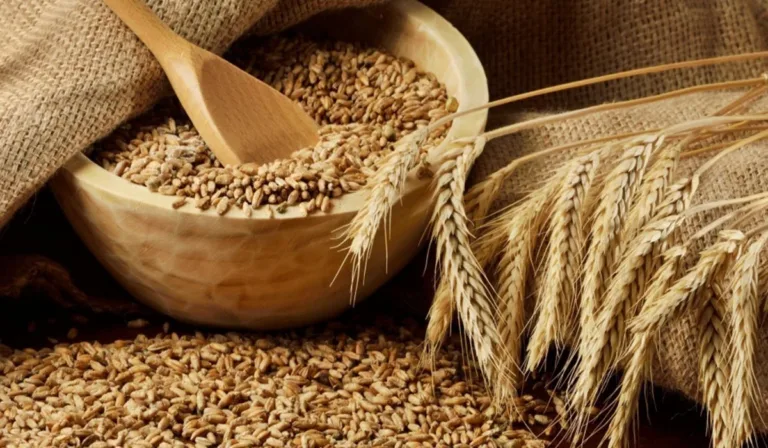Wheat is one of the most important cereal crops in the world and is a staple food for millions of people. Growing wheat from seed is a relatively straightforward process, but there are a few things to keep in mind if you want to ensure a healthy and bountiful crop. In this article, we will explore How to grow wheat at home? step-by-step guide for beginners, cultivation of wheat, how to grow wheatgrass at home, how long wheat take to grow, and the health benefits of wheat.
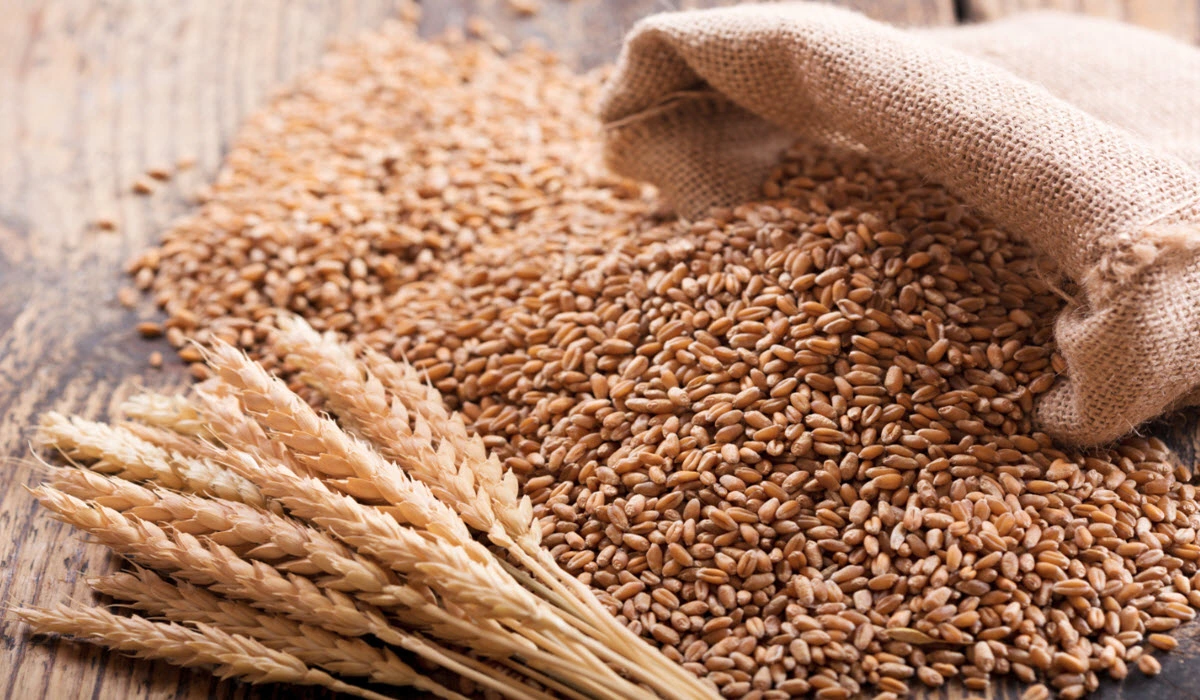
Choose the Right Variety of Wheat
Before you begin planting your wheat seeds, It is important to choose the correct variety for your climate and growing conditions. There are different types of wheat, including hard red wheat, soft white wheat, and durum wheat. Each variety has its own unique characteristics and requirements.
Prepare The Soil to Grow Wheat
Wheat thrives in well-drained, fertile soil that is rich in organic matter. Before planting your seeds, prepare your soil by tilling it to a depth of at least 6 inches, removing any weeds or debris, and incorporating organic matter such as compost or aged manure. You may also want to have your soil tested to determine its pH level and nutrient content and make any necessary adjustments to ensure optimal growing conditions.
Plant The Seeds
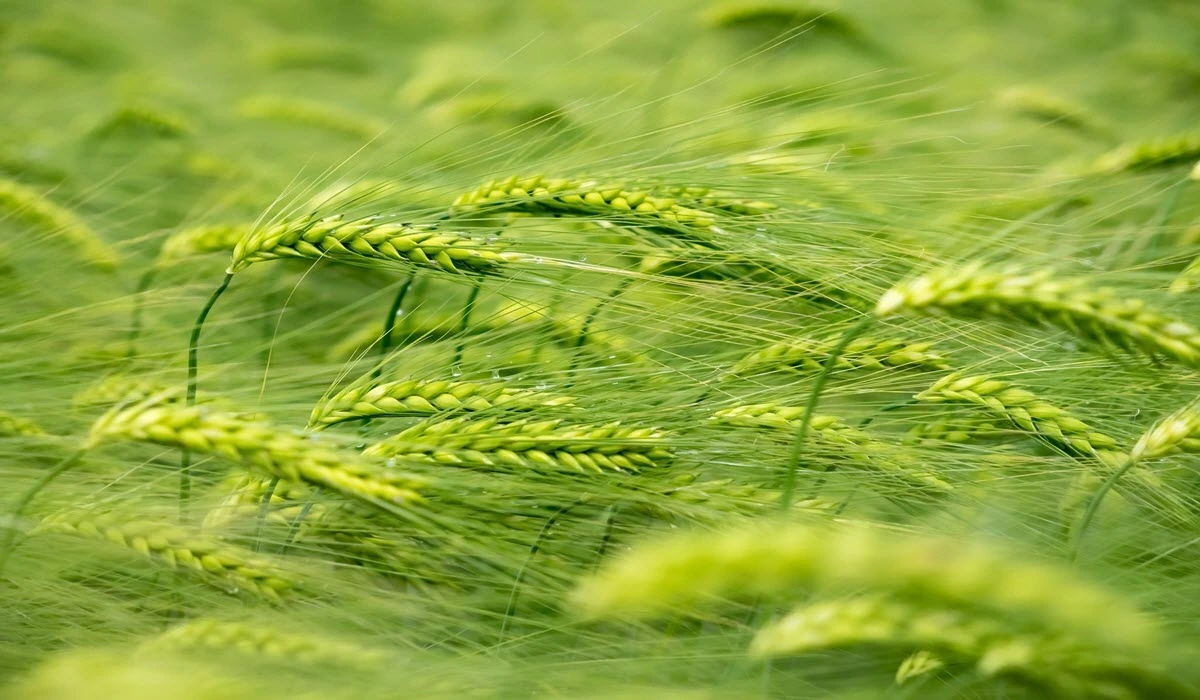
Once your soil is prepared, it’s time to plant your wheat seeds. The optimal time to plant wheat varies depending on your location and climate but generally falls between September and December in the northern hemisphere. You can plant your seeds by hand or using a seed drill, sowing them at a depth of about 1-2 inches and spacing them about 1 inch apart. After planting, cover the seeds with soil and lightly press down to ensure good contact.
Fertilize and Water
Wheat requires regular fertilization and watering to ensure healthy growth. You can fertilize your crop with a nitrogen-rich fertilizer about a month after planting, and again about 6-8 weeks later. Be sure to water your crop regularly, especially during dry spells, but be careful not to overwater as this can lead to root rot and other problems.
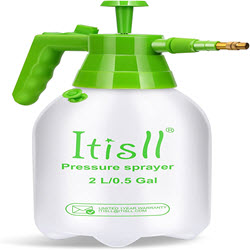
|
Garden Pressure Pump SprayerITISLL Manual Garden Sprayer Hand Lawn Pressure Pump Sprayer Safety Valve Adjustable Brass Nozzle 0.5 Gal 2L |
Monitor for Pests and Diseases
Wheat is susceptible to a number of pests and diseases, including aphids, rust, and powdery mildew. Keep an eye out for any signs of damage or infection, and take appropriate measures to control the problem. It may include using natural pest control methods such as neem oil or introducing beneficial insects, or using fungicides to treat fungal infections.
Harvest The Wheat
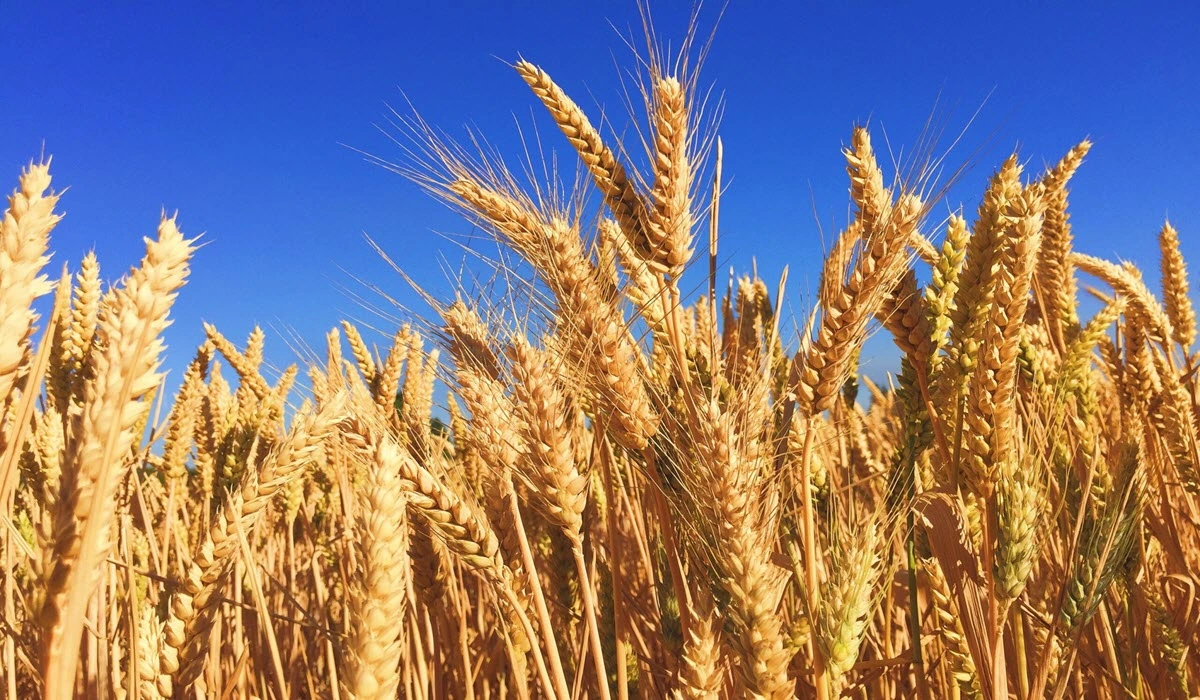
Depending on the variety of wheat you are growing, it will take anywhere from 80 to 120 days for the plant to mature. When the wheat is ready to harvest, the heads will turn golden brown and the kernels will become hard and dry. To harvest your crop, use a combine or hand tools such as sickles or scythes to cut the wheat at ground level. After harvesting, allow the wheat to dry for a few days before threshing to remove the grain from the stalks.
Health Benefits of Wheat

Good Source of Fiber: Wheat is an excellent source of dietary fiber, which helps to promote digestive health and prevent constipation. Fiber also helps to regulate blood sugar levels and can lower cholesterol levels, reducing the risk of heart disease.
Promotes Satiety and Weight Management: Wheat contains complex carbohydrates, which take longer to digest and provide a sustained release of energy. It helps to keep you feeling full for longer and can help with weight management.
Provides Essential Nutrients: Wheat is a good source of essential nutrients, including vitamins B and E, iron, zinc, and magnesium. These nutrients are Essential for maintaining good health and can help to prevent chronic diseases.
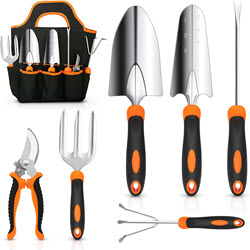
|
CHRYZTAL Stainless Steel Heavy Duty Gardening Tool SetGarden Tool Set, Stainless Steel Heavy Duty Gardening Tool Set, with Non-Slip Rubber Grip, Storage Tote Bag, Outdoor Hand Tools, Ideal Garden Tool Kit Gifts for Women and Men |
Reduce The Risk of Chronic Disease: Consuming whole grains, such as wheat, has been linked to a reduced risk of chronic diseases, including type 2 diabetes, heart disease, and certain types of cancer. This is due to the high levels of fiber, vitamins, and minerals found in whole grains.
Improve Brain Function: Wheat contains complex carbohydrates that provide a sustained release of energy to the brain. It can help to improve cognitive function, including memory and concentration.
Lower The Risk of Asthma: Studies have shown that consuming whole grains, such as wheat, may help to reduce the risk of asthma. This is thought to be due to the anti-inflammatory properties of whole grains.
Improve Bone Health: Wheat contains nutrients such as magnesium, phosphorus, and zinc, which are essential for maintaining strong and healthy bones. Consuming wheat products may help to prevent bone loss and reduce the risk of osteoporosis.
Growing wheat from seed requires patience, attention to detail, and a bit of know-how, but the rewards are well worth the effort. With the right conditions and care, you can grow a bountiful crop of nutritious wheat that will provide sustenance for you and your family for months to come.

